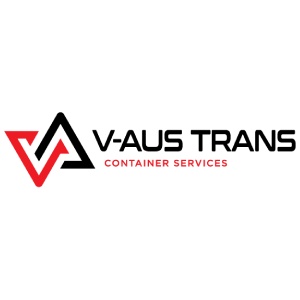
Shipping container transportation is a crucial component of the global economy, facilitating the movement of goods across continents. If you're new to the world of shipping containers, this beginner's guide will provide you with a comprehensive overview of everything you need to know.
1. The Basics of Shipping Containers: Shipping containers come in various sizes, with the most common being 20 and 40 feet in length. They are typically made of steel and designed to withstand the rigors of international transportation.
2. Container Types:There are different types of containers, each suited for specific cargo. Dry containers are the standard choice for most goods, while refrigerated containers maintain temperature-sensitive items. Open-top containers and flat racks accommodate oversized cargo.
3. Container Transportation Modes:Shipping containers can be transported by sea, rail, road, and air. Sea freight is the most cost-effective for long-distance transportation, while rail and road offer flexibility for regional movements. Air freight is the fastest but comes at a higher cost.
4. Container Tracking: Modern technology allows for real-time tracking of containers. GPS and RFID systems provide valuable information about the container's location and condition, ensuring better security and efficiency.
5. Container Loading and Stacking:** Proper loading and stacking of containers are critical to optimize space utilization and maintain cargo integrity. It's essential to secure goods inside the container to prevent damage during transit.
6. Documentation:Accurate documentation is vital for international shipping. Bills of lading, customs declarations, and other paperwork ensure smooth passage through customs and compliance with regulations.
7. Customs and Regulations: Every country has its own customs regulations and import/export requirements. Familiarize yourself with these rules to avoid delays and potential penalties.
8. Safety and Security:Shipping containers must meet safety standards and undergo security checks. Inspections and seals help deter theft and tampering.
9. Environmental Impact: Sustainable shipping practices are gaining importance. Some companies are investing in eco-friendly containers and transportation methods to reduce their carbon footprint.
10. Container Reuse and Recycling: Containers have a long lifespan and can be repurposed for various applications, from storage units to housing. Recycling initiatives are also emerging to minimize waste.
In conclusion, shipping container transportation is a complex yet essential part of global trade. As a beginner, understanding the basics of container types, transportation modes, documentation, and safety will set you on the right path to becoming a proficient player in the world of logistics. Embracing sustainable practices and staying updated on industry trends will help you navigate this ever-evolving field effectively.


No comments yet